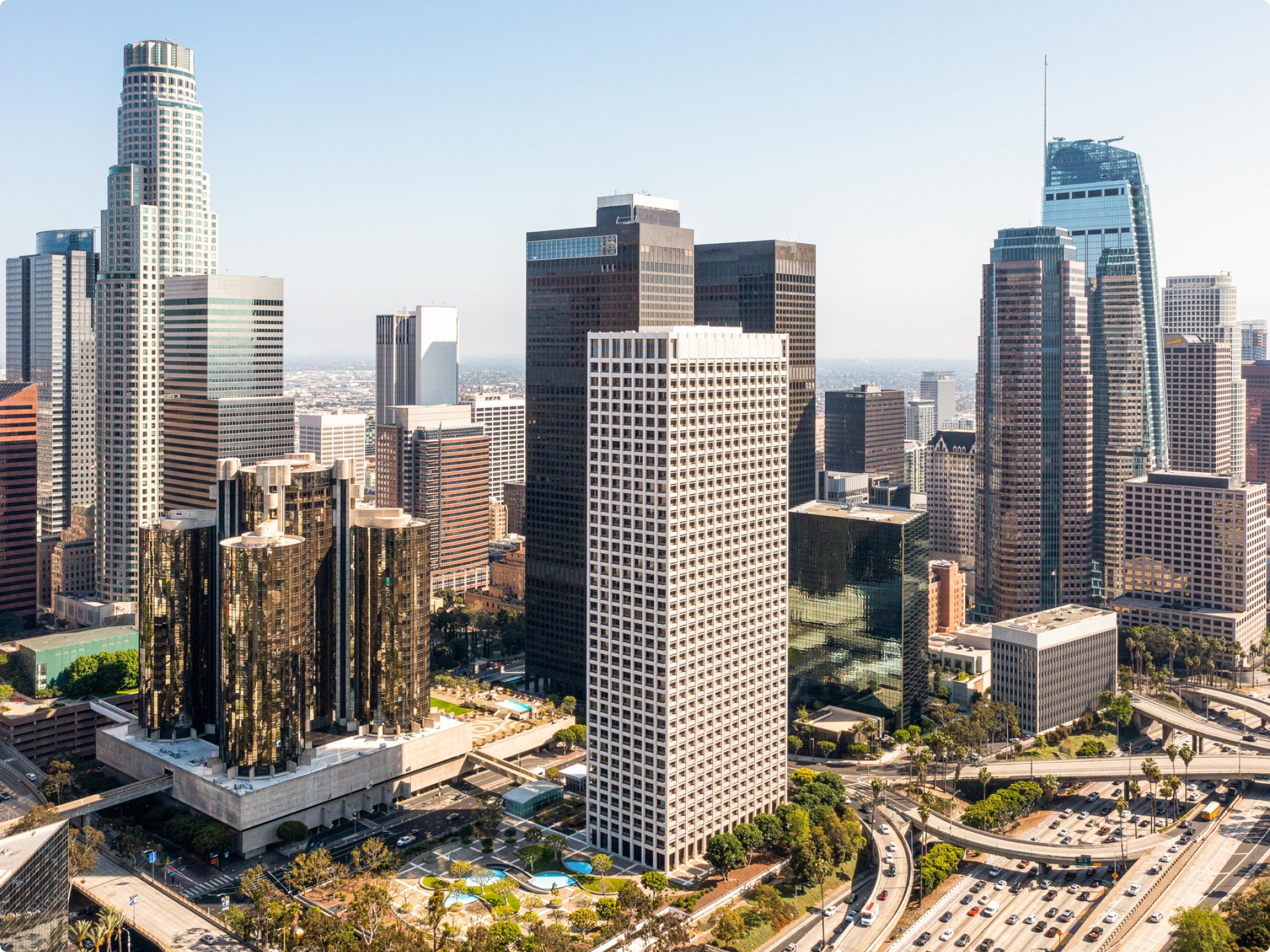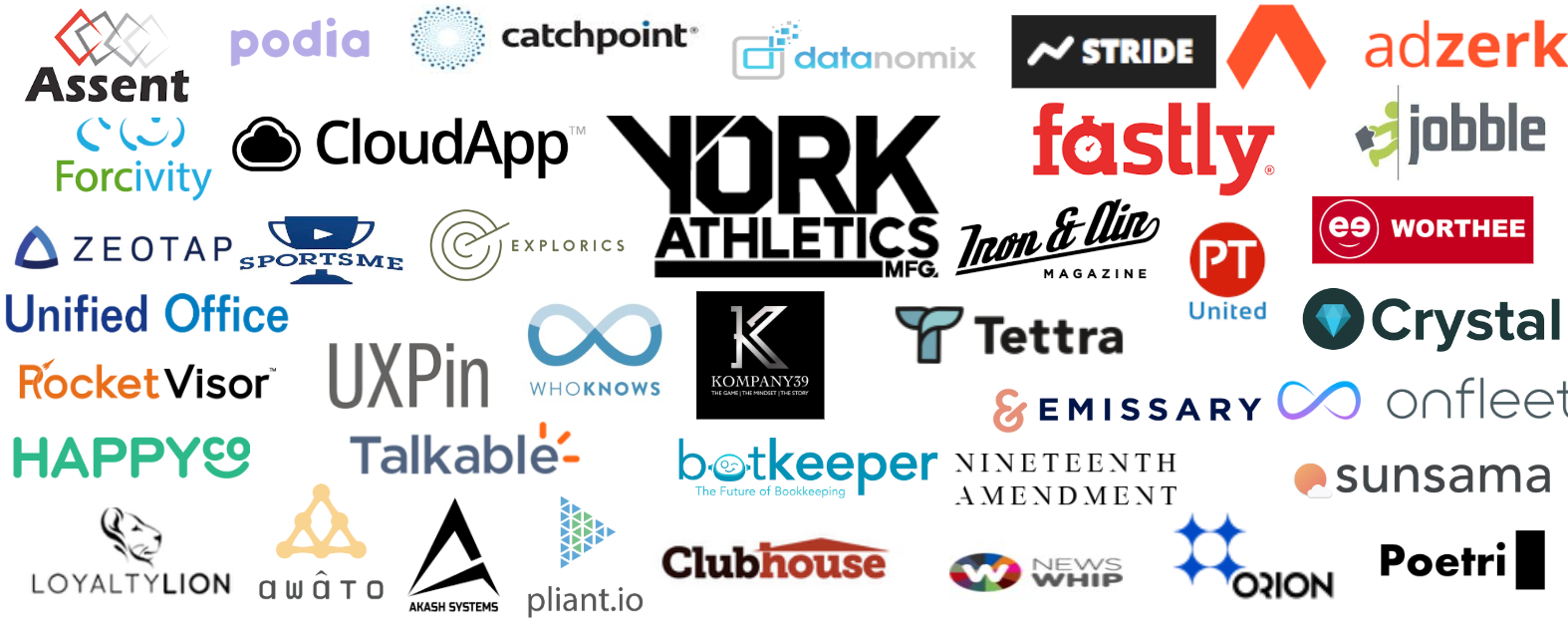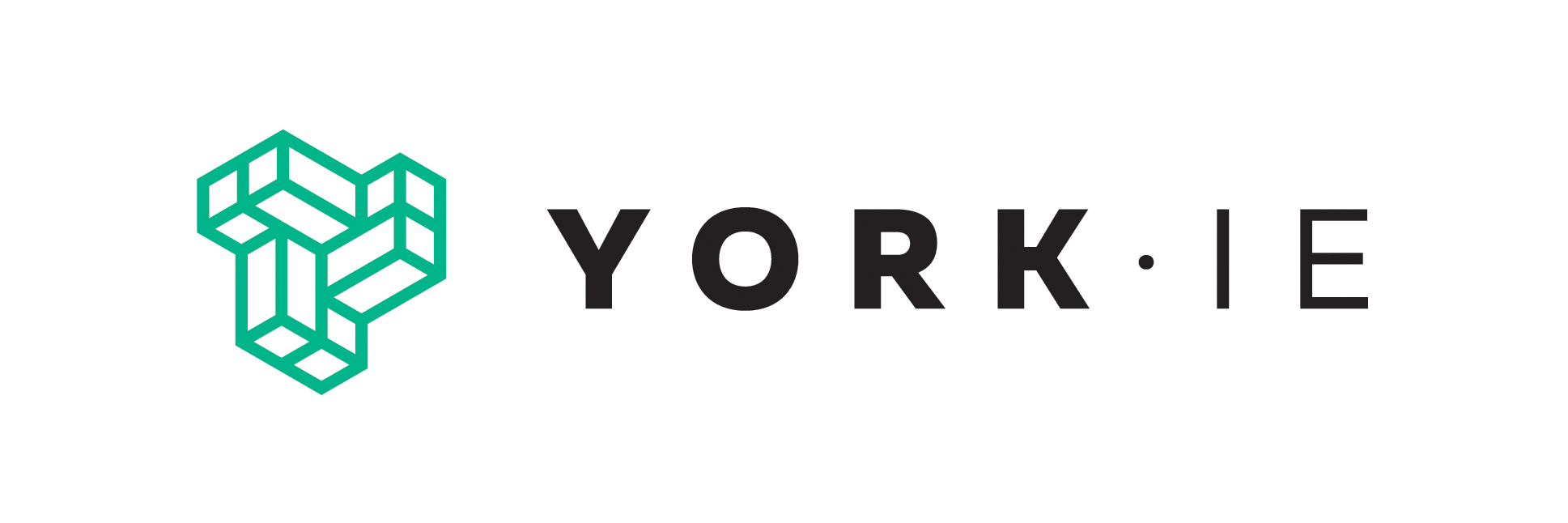By York IE and Fulcrum Equity Partners
For many years, the startup ecosystem has centered around a few major hubs.
California’s Silicon Valley has long been considered the center of the U.S. tech scene. New York City’s connection to Wall Street and the stock market make it a bustling center for innovation. Boston, with its close ties to higher education and biotech, garners plenty of the startup spotlight.
But in today’s distributed world, tech innovation can come from anywhere. Across the United States, secondary cities are emerging as new startup hubs. The Secondary Startup Cities Report aims to give these burgeoning tech centers their shine.
York IE, an advisory and venture capital firm based out of Manchester, New Hampshire and Fulcrum Equity Partners, a private equity firm in Atlanta, Georgia, have teamed up to share proprietary data on fundraising and investment activity from secondary markets within the United States. The report defines a secondary city as any metro area in the U.S., excluding locations in California, New York and Massachusetts, given the major tech hubs in these states.
Secondary cities offer unique advantages, including lower operational costs, high-quality talent pools and a growing number of tech-savvy consumers and businesses. The shift towards remote work and distributed teams, accelerated by the COVID-19 pandemic, has further propelled the attractiveness of secondary cities.
Let’s dissect this data:
Key Takeaways
A handful of high-level themes emerged from this data:
Strong Investment Outflow from Secondary Cities
In 2023, investors based in secondary cities collectively invested nearly $62 billion in companies based outside of their metro area, demonstrating their significant role in fueling growth and innovation beyond their own regions.
Diversification of Investment Portfolios
Secondary cities are not only attracting investments but also fueling investment in other markets. These cities are diversifying their portfolios and participating in global innovation ecosystems, fostering collaboration and knowledge exchange.
Opportunities for B2B Startup Expansion and Collaboration
Secondary cities offer unique opportunities for B2B startups and investors to expand their reach, tap into new markets and forge strategic partnerships. By taking advantage of the strengths of secondary cities’ ecosystems, businesses can access talent, capital and resources essential for scaling their operations and driving sustainable growth.
Collaborative Ecosystems Drive Growth
Cities such as Baltimore, Washington, D.C. and Austin demonstrate the power of collaborative ecosystems, where startups, investors, academic institutions and government bodies work together to foster innovation and entrepreneurship. These cities serve as models for building inclusive and supportive environments conducive to B2B SaaS investment and growth.
Startups in Secondary Cities Attract Significant Investment
Startups in secondary cities received over $15 billion in investments in 2023.
The top secondary cities/metro areas that received the most investment dollars in 2023:
| RANK | CITY/METRO AREA | FUNDING AMOUNT |
| 1 | Austin-Round Rock-San Marcos, TX | $2.5 billion |
| 2 | Seattle-Tacoma-Bellevue, WA | $2.2 billion |
| 3 | Washington-Arlington-Alexandria, DC-VA-MD-WV | $1.9 billion |
| 4 | Denver-Aurora-Centennial, CO | $1.2 billion |
| 5 | Miami-Fort Lauderdale-West Palm Beach, FL | $864 million |
| 6 | Atlanta-Sandy Springs-Roswell, GA | $622 million |
| 7 | Dallas-Fort Worth-Arlington, TX | $593 million |
| 8 | Nashville-Davidson-Murfreesboro-Franklin, TN | $522 million |
| 9 | Phoenix-Mesa-Chandler, AZ | $454 million |
| 10 | Baltimore-Columbia-Towson, MD | $434 million |
Startups in the Austin, Seattle and Washington D.C. metro areas garnered plenty of interest from investors last year. A mix of factors likely led to this investment boom: economic incentives and tax benefits, access to cutting-edge research and development facilities and quality of life and cost of living advantages
The recipe for success was different for each city, however. Austin’s strong tech ecosystem and abundant talent pool likely spurred the growth of its startups. The Seattle metro area can likely point to contributions from tech giants such as Microsoft and Amazon, who both hold a large presence in the city (and thus attract further innovation). Washington, D.C.’s success is likely tied to its proximity to political and regulatory centers of influence.
Secondary Cities Emerge as Investing Hubs
Investors in secondary cities invested over $62 billion in other cities in 2023.
The top 10 secondary cities/metro areas that made the most investments in 2023:
| RANK | CITY/METRO AREA | FUNDING AMOUNT |
| 1 | Seattle-Tacoma-Bellevue, WA | $8.5 billion |
| 2 | Washington-Arlington-Alexandria, DC-VA-MD-WV | $7.9 billion |
| 3 | Austin-Round Rock-San Marcos, TX | $6.5 billion |
| 4 | Miami-Fort Lauderdale-West Palm Beach, FL | $5.6 billion |
| 5 | Dallas-Fort Worth-Arlington, TX | $4.1 billion |
| 6 | Baltimore-Columbia-Towson, MD | $3.7 billion |
| 7 | Atlanta-Sandy Springs-Roswell, GA | $2.8 billion |
| 8 | Denver-Aurora-Centennial, CO | $2 billion |
| 9 | Minneapolis-St. Paul-Bloomington, MN-WI | $1.8 billion |
| 10 | Pittsburgh, PA | $1.4 billion |
Once again, the trio of the Seattle, Washington D.C. and Austin metro areas proved their importance within the fundraising landscape. Thriving tech ecosystems in Seattle and Austin likely spurred investment for the venture capital communities, whereas Washington D.C. benefited from federal and private sector funding sources.
These impressive numbers showcase the strategic importance of these cities in fueling growth and innovation beyond their regions. Investment dollars from secondary cities play a large role in job creation, economic growth and tech innovation beyond their city borders.
Key Markets Lead the Way
The top markets in secondary cities that received investment in 2023:
| RANK | MARKET | TOTAL INVESTMENTS | NUMBER OF INVESTMENTS |
| 1 | SaaS/Software | $1.79 billion | 167 |
| 2 | Healthcare | $715 million | 54 |
| 3 | Cyber | $650 million | 10 |
| 4 | autonomous vehicles | $569 million | 5 |
| 5 | information technology | $442 million | 28 |
| 6 | aerospace | $433 million | 5 |
| 7 | biotechnology | $408 million | 11 |
| 8 | AI | $226 million | 16 |
| 9 | financial services | $198 million | 4 |
| 10 | manufacturing | $191 million | 12 |
| 11 | industrial | $121 million | 3 |
| 12 | virtual reality | $86 million | 3 |
| 13 | FS | $58 million | 5 |
| 14 | employee benefits | $30 million | 3 |
| 15 | pollution control | $29 million | 3 |
| 16 | Misc. | $7 million | 4 |
Startups in the software and SaaS markets naturally played a large role in fundraising activities in secondary cities last year. A boom in the AI industry was also noticeable, as companies pilot more innovations in this space.
York IE has long supported B2B SaaS and Vertical SaaS companies in secondary markets, including the following portfolio companies:
- 40GRID: Portland, ME
- Creatively Focused: St. Paul, MN
- Cognitive Space: Houston, TX
- Datanomix: Nashua, NH
- Defendify: Portland, ME
- Finmark (acquired by Bill): Raleigh, NC
- Klearly: Durham, NC
- Ovation: Provo, UT
- Science On Call: Chicago, IL
- Serenity Engage: Denver, CO
- Spark Your Channel (acquired by 360 Insights): Boulder, CO
- VETRO: Portland, ME
Fulcrum Equity Partners has taken a similar approach, investing in companies such as:
- Digital Hands – Tampa, FL
- Feathr – Gainesville, FL
- FieldPulse – Dallas, TX
- Florence Healthcare – Atlanta, GA
- Olio – Indianapolis, IN
- NavigatorCRE – Seattle, WA
- QASymphony (Insight Partner’s Tricentis) – Atlanta, GA
- SaaSOptics (exited to Battery Ventures) – Atlanta, GA
- Stax (exited to Greater Sum Ventures) – Orlando, FL
- Stratasan (exited to Thoma Bravo’s Syntellis) – Nashville, TN
- SureFire Local – Washington, D.C.
Looking Ahead: The Future of Secondary Cities
Secondary cities will continue to shape the B2B SaaS landscape.
An expansion of fundraising activities will foster more expansions and strategic partnerships and create more resources for growing companies. As these cities continue to establish themselves, they’ll likely help drive innovation and create new booming markets in other cities.
Innovation can happen anywhere. Which cities are next?



